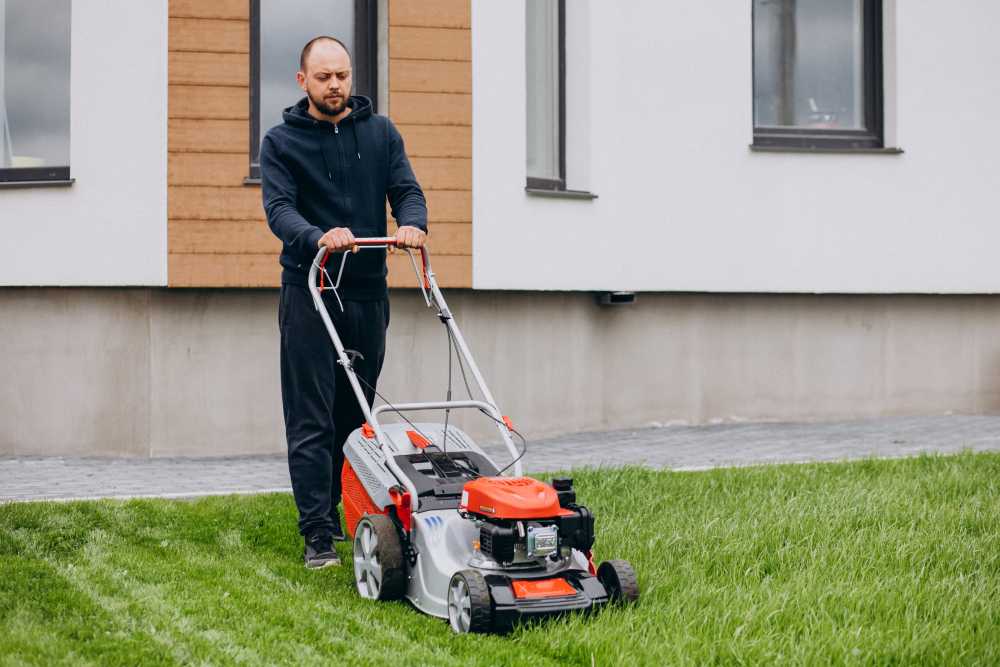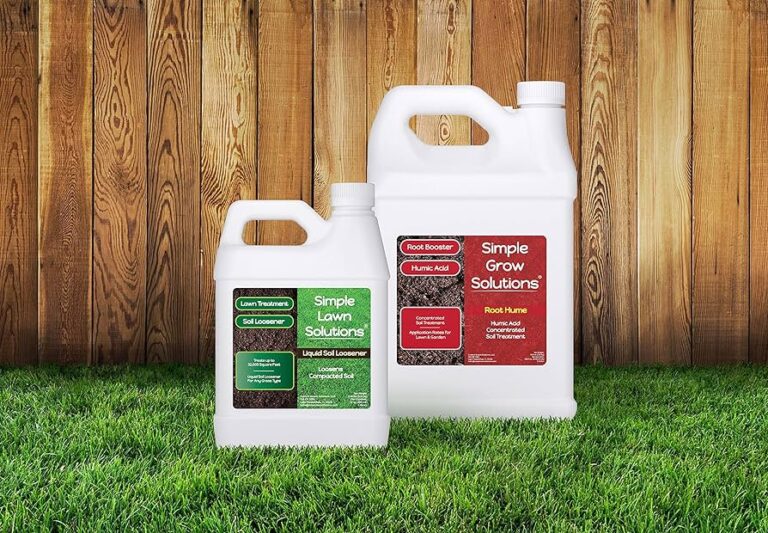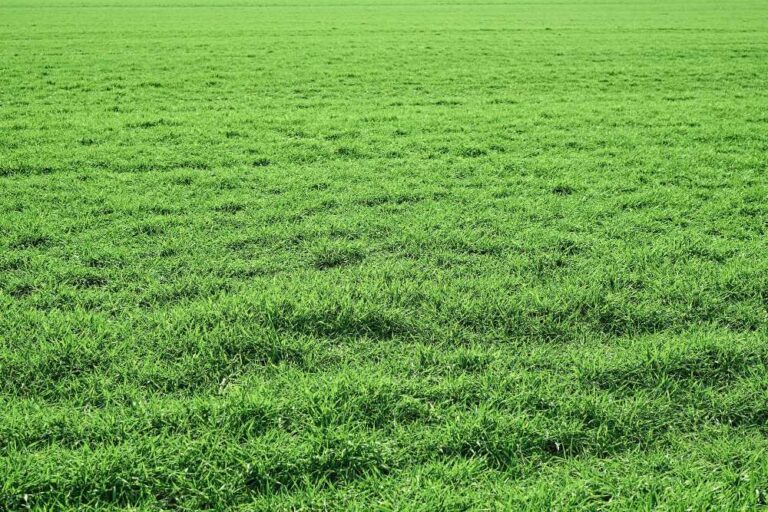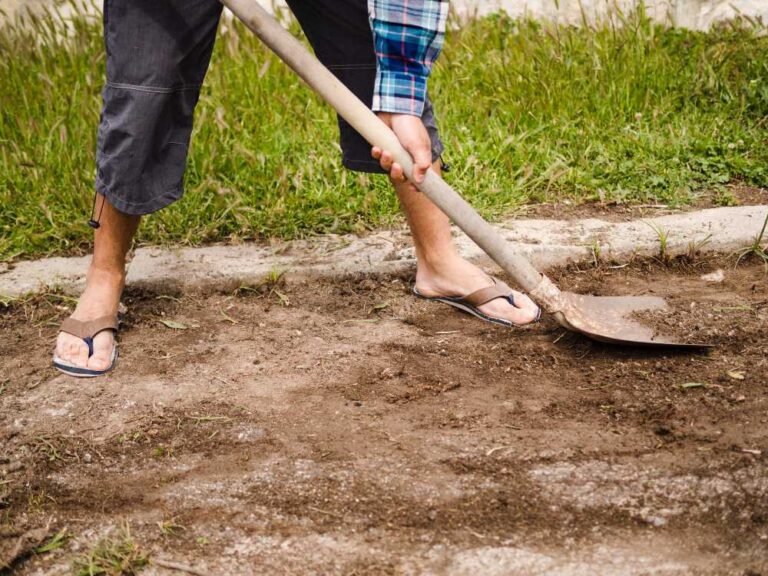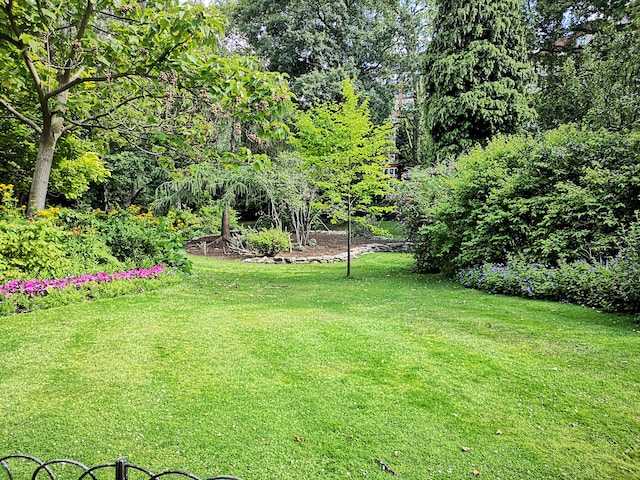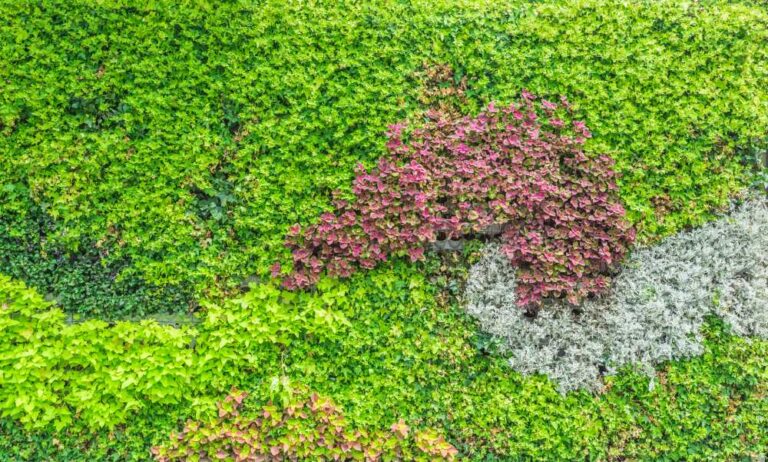What Are the Pros and Cons of Dethatching Lawn?
Maintaining a neat and tidy lawn is sometimes challenging. Primarily, your choice of lawn care practices makes the difference between a healthy and struggling lawn. Apart from standard mowing, you should also aerate and dethatch your lawn accordingly. While lawns benefit from thatch, excessive thatch buildup is detrimental to lawn health.
Dethatching requires that you use heavy machinery and adopt various practices that may be good or bad for your lawn. Below are the pros and cons of dethatching lawn.
What is Thatch, and What is Dethatching?
Thatch refers to the conventional dead leaves, grass, and weeds on your lawn. It is very common for lawns to have thatch, which often necessitates raking to reduce or eliminate thatch buildup. Thatch is mostly beneficial to the lawn, and there’s no need to remove it. However, this depends on how long the thatch has accumulated and its thickness.
That said, dethatching is the process of removing thatch layers from the lawn. Thatch buildup can easily thicken, suffocating lawn grass and other plants. While dethatching may sound simple, it is a tedious procedure, especially if the dead thatch is tangled with living turf.
Pros of Dethatching Your Lawn
You should consider dethatching your lawn for the following benefits:
1. Promotes root growth
Dethatching your lawn promotes healthy root growth of grass and other plants on your lawn. A dense accumulation of thatch on your lawn impedes root growth. Roots are necessary for the absorption of water and nutrients. They also affect various above-ground physiological activities of garden plants.
For optimal performance, roots should access sufficient air, water, and nutrients. Unfortunately, a thick thatch creates a barrier that limits water, air, and nutrient infiltration into the soil. This means your lawn won’t have the desired lush green and thick covering.
2. Improves air, water, and nutrient uptake
Dethatching your lawn also significantly improves air and water infiltration. As mentioned, thatch is primarily made up of dead leaves, grass, and organic matter on the soil surface. This layer creates a barrier that impedes the free flow of air and water into the underlying soil. A thick layer of thatch restricts lawn aeration, hindering the proper growth of lawn plants.
Thick thatch also limits water infiltration. The barrier traps water on the surface, causing puddles and surface runoff. Dethatching the lawn increases the lawn’s ability to absorb and retain water.
Dethatching similarly enhances nutrient uptake. The thatch layer hinders the uptake of essential nutrients from the surface to the root zones of your lawn vegetation. Plants need nutrients for overall growth and health. Nitrogen, potassium, and phosphorus are vital for energy production, photosynthesis, and general plant development. Dethatching to improve nutrient uptake results in thick, green, and more resilient lawn grass.
3. Reduces pests and diseases
Most homeowners and gardeners struggle with pests and diseases on their lawns. If you are among this fold, dethatching can significantly reduce pest and disease infestation. Thatch buildup forms clutter, which is conducive for pests and diseases. Dethatching disrupts this habitat, which benefits lawn health in the following ways:
- Better control of pests and insects– thatch harbors various lawn-damaging pests and insects, like chinch bugs, ants, and grubs. Dethatching eliminates this habitat, making it difficult for pests and insects to invade your lawn.
- Prevents fungal diseases – thatch buildup creates humid conditions that promote the development of fungal diseases like snow mold, brown patch, and dollar spot. Removing thatch eliminates these favorable conditions, reducing the outbreak risks of fungal diseases.
Dethatching generally disrupts normal habitats for pests and diseases. This makes your lawn less susceptible to infestations.
4. Ensures successful overseeding
Thatch buildup creates a substrate layer above the topsoil. Overseeding your lawn without dethatching means your new grass will germinate on this layer. Unfortunately, thatch doesn’t hold nutrients and lacks essential conditions for grass growth, leading to unhealthy grass. You should always dethatch before overseeding.
Cons of Dethatching Your Lawn
As mentioned, dethatching isn’t always beneficial to your lawn. You should be wary of the following drawbacks of dethatching your lawn.
1. Dries out the soil
Drying soil is undoubtedly the biggest limitation of dethatching. While a thick layer of thatch should be eliminated as it harbors pests and diseases, a thin layer of thatch is beneficial. You shouldn’t dethatch a small layer of thatch as it limits the amount of atmospheric heat and sunlight reaching the soil. This slows evaporation and protects soil moisture.
2. Exposes lawn to turf injury
Dethatching your lawn also exposes it to direct injury. While it seems negligible, dethatching using various gardening equipment like rakes or vertical lawnmowers causes excessive turf injury, especially for turfgrass types that spread through stolons. Wrong use of dethatching tools makes it difficult for grass to recover.
3. Increases vulnerability to frosting
Thatching prevents cold air from reaching the soil surface and maintains soil warmth during cold seasons. Generally, lawns with thatch are less susceptible to frosting and associated frost damage. Dethatching makes lawns less tolerant to cold and exposed to cold conditions during winter.
When Should You Dethatch Your Lawn?
You should choose the right time to dethatch your lawn. Unfortunately, this decision rests solely on homeowners or gardeners. Nonetheless, lawns should generally be dethatched once yearly in early spring. Regular rain and warm temperatures during this period stimulate growth. It also gives your lawn plenty of time to recover.
On the other hand, don’t dethatch your lawn before winter. Lawn grass often goes dormant during winter to avoid harsh environmental conditions. You shouldn’t also dethatch grass that is already dormant or struggling with heat stress.
How to Prevent Thatch Buildup
You can avoid the cons of dethatching by limiting thatch buildup in your lawn. You can do so by:
- Watering correctly – overwatering is a common cause of thatch buildup. Some lawn grass types have minimal water requirements. Overwatering these grasses promotes thatch buildup.
- Aerate your lawn – thatch is essentially undecomposed organic matter. Therefore, aerating your lawn boosts microbial activity and thatch decomposition. This breaks down thatch faster, preventing buildup.
- Adjust soil PH – slight changes in soil PH can reduce microbial activity, causing thatch buildup. As such, you should regularly monitor and adjust your soil PH to make it conducive for thatch decomposition. The ideal PH for soil bacteria is 6.5. A relatively low PH makes your soil acidic and reduces microbial activity.
- Use a liquid de-thatcher – liquid de-thatcher should be used to limit thatch buildup. These biological compounds contain enzymes and bacteria that speed up the rate of thatch decomposition.
Implementing these gardening practices prevents the buildup of thick thatch and the imminent need for dethatching. It also ensures your lawn is healthy and grows under optimal conditions.
The Bottom Line
Lawn care is crucial for a lush and healthy lawn. Unfortunately, most homeowners restrict their lawn care activities to mowing, watering, and fertilizing, often ignoring the importance of dethatching. Lawn dethatching plays a crucial role and affects overall lawn growth and health. However, it should be done correctly to minimize the damage to your grass. If this sounds challenging, consider hiring professionals in lawn dethatching.
